The earliest streets named on the Street Plan of Sandridge 1849 were those clustered around the foundation place of the early settlement - Bay, Dow, Rouse, Stokes, Graham. They were named from Sydney.
Garryowen made this unflattering assessment about some of the later names:
‘the nomenclature (street names) was distributed amongst a batch of local mediocrities.' He adds
‘Certainly they have amongst…
Annetta (Joy) Phillips writes about the former shop on the corner of Heath and Ingles Streets:
Irene ('Rene') was the elder of two Jago sisters. In 1937 she opened a grocery and bakery shop at 101 Ingles Street.
Irene Jago outside the shop, corner Ingles and Heath Sts
Rene was in charge of the shop and her sister Bette worked with her. They lived behind…
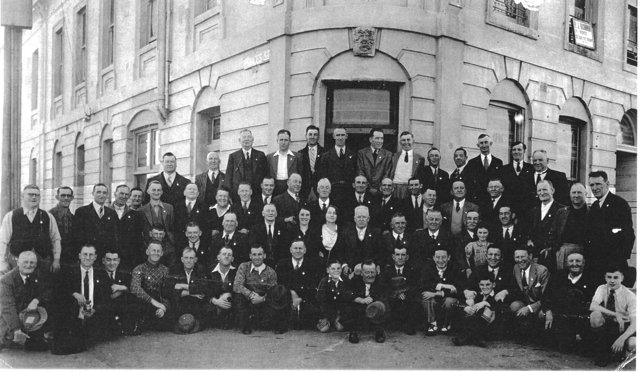
The London Family Hotel held the best position of all Port Melbourne's waterfront pubs, next to the Station and nearest to Railway/Station Pier.
Meet me at the London 1930 image - Port Melbourne Historical and Preservation Society
There was a time when this 28 room hotel was the most grand in Sandridge, which can be attested to by valuations of over twice as…
In April 2013, John Gilcrist walked the places where he grew up. The walk triggered these memories:
John's family came to live in Port Melbourne from Warburton following the devastating Black Friday bushfires of January 1939.
His father was a forester, but it was his mother who brought up the three boys - first from a small house on the south eastern corner of Bridge St…
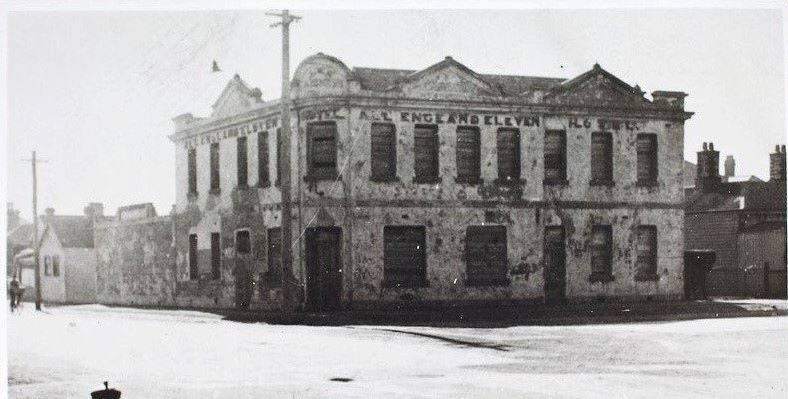
corner Princes and Rouse Streets, Port Melbourne, October 2015
This unprepossessing corner was once the site of the All England Eleven Hotel. The hotel was demolished in 1953 according to this account in The Herald of this week's date:
"If you stand in Princes Street, Port Melbourne and look in through the windows of the derelict All England Eleven Hotel, you…
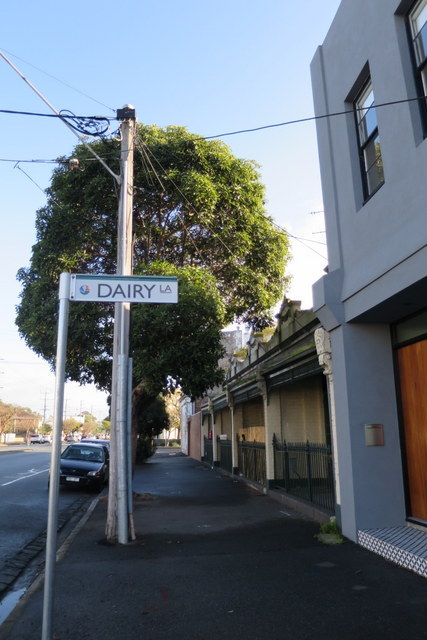
Helen Barry writes:
"My father’s family dairy was at 68 Ingles Street, Port Melbourne from about 1931 to 1972. The property consisted of a two-storey dwelling with a milk bar in the front where Dad’s mother Nellie Barry and sister Bernice sold milk into jugs customers brought with them. The dairy was at the rear of the long lane that separates…
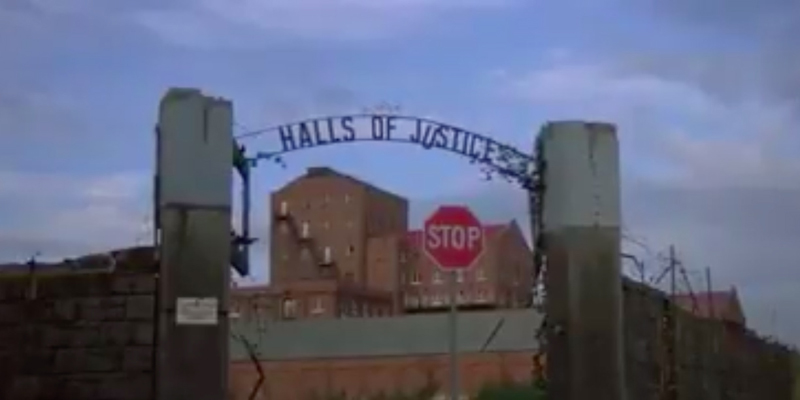
Still from Mad Max (1979) showing the Halls of Justice gateway.
The recent release of Mad Max: Fury Road has us thinking back to 1979 when director, George Miller started the franchise with the film Mad Max.
That original film, telling the story of Main Force Patrol (MFP) policeman Max Rockatansky (Mel Gibson) battling against a violent motorcycle gang, was made on a…
IRVINE, a house at 42 Beach Street, was built in 1922 for Eli and Christina Edwards. 'Only best quality material' was used in the construction of the house which was carefully chosen with a clear view of Station Pier, Williamstown and the Port Melbourne Yacht Club. Eli, better known as Dick, was a farrier and a great yachtsman.
IRVINE at 42 Beach…
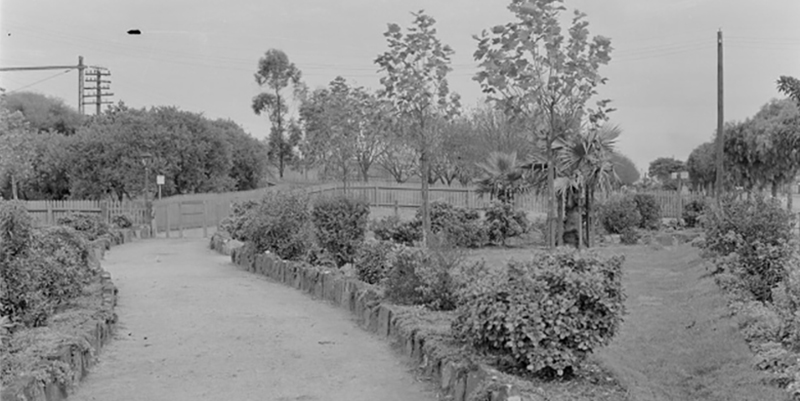
Sandridge was lucky. It was because of its significant position on the bay that the Melbourne and Hobsons Bay Railway was opened, and favoured with so generous a grant of land on which to lay its tracks. Along that short rail route between Flinders Street and the bay, a strip of Crown land one hundred yards wide was set aside as…
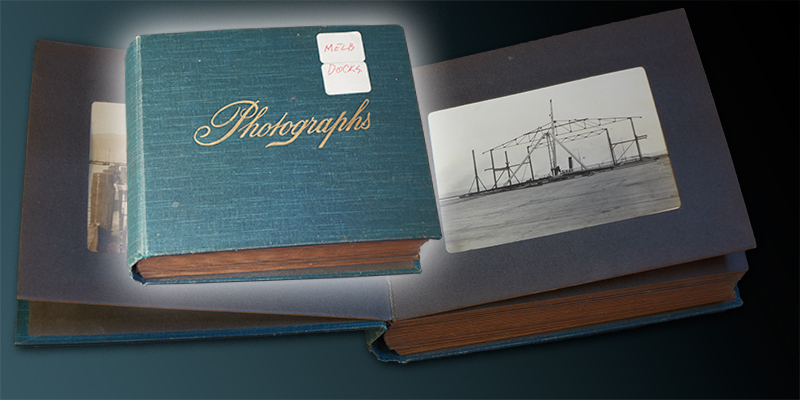
From the Collection - Charles Wynn Kiver Allison’s photo album c1920 (catalogue number 2197)
Sixty-six tiny but beautifully photographed views of piers and wharves under construction are treasured in this small album.
It belonged to New Zealand-born Charles Wynn Kiver Allison MIEA, who in the 1920s was the head engineer with the Melbourne Harbor Trust.
Many major developments in the Port…
